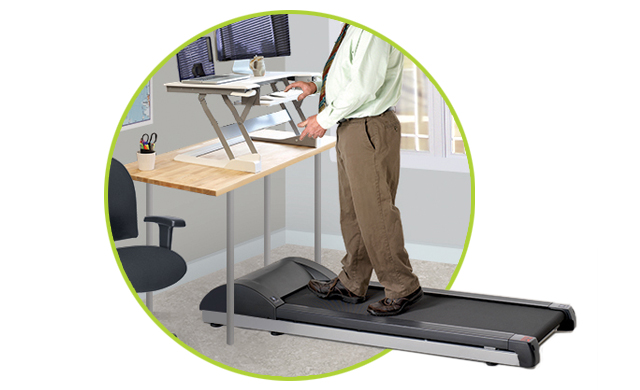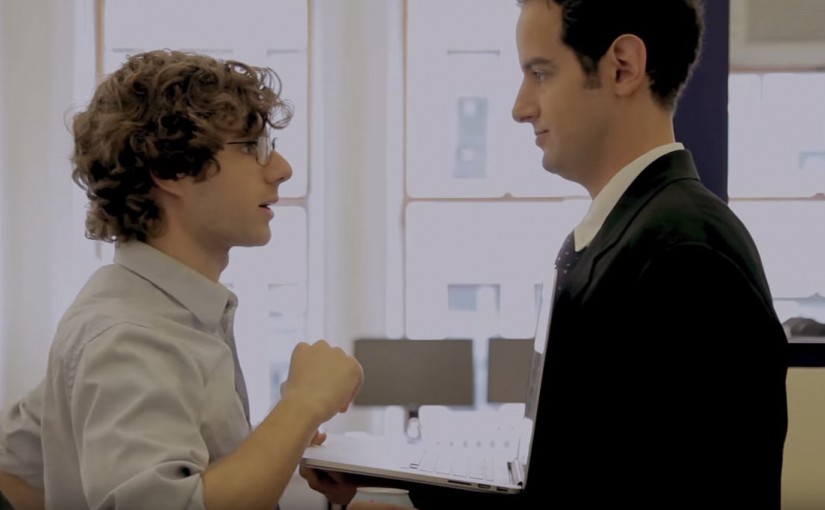
Q: How do I remind myself to stand more at work? I made a New Year’s resolution to sit less and move more during the day, but I keep forgetting. I have good intentions but a poor memory. – Dianna
A: Glad you asked! Global studies show that, on average, we sit 7.7 hours a day, and some results estimate people sit up to an astounding 15 hours a day. In our modern sedentary culture, sitting is a necessary evil, and while sometimes you just have to bite the bullet, here are three easy ways to keep your resolve to move more at work.
1 – Strengthen your motivation.
By now, you know that sitting down all day is killing you, but maybe you haven’t seen all the cold hard facts that may help propel you up and off that chair. Ergotron has been a leader in supporting scientific research in this area. A growing body of evidence suggests an obvious remedy: Standing!
Next, calculate your daily sitting time. Once you know where you’re starting from, it’s easier to adjust your mindset and become more motivated to get going. Then once you see some improvement, those benefits will crank up your resolve. It’s a healthy feedback loop!
2 – Put in place a plan of action.
Take a look at your daily calendar and ask: How can I stand more today? What small change can I make to remain active? It might take some time and effort, but pretty soon using the stairs instead of the elevator will become automatic and won’t even require a decision on your part. It will feel like second nature to stand up during long conference calls, or to conduct walking meetings, or to walk over to the bathroom that’s farthest away from your desk.
3 – Get up, stand Up
Standing up for part of your workday is an easy way to stay active. You naturally fidget, move and sway when you’re standing. Throw on some headphones, enjoy your favorite tunes, and you might even find yourself dancing. If you’re feeling brave, try to convince your boss to invest in a sit-stand desk for you. Or, take matters into your own hands by fashioning a DIY standing desk.
Remember, standing all day may not be healthy or practical – people naturally want to sit at times to rest or when intensely concentrating.
How do you keep moving during the workday? Tell us in the comments!









